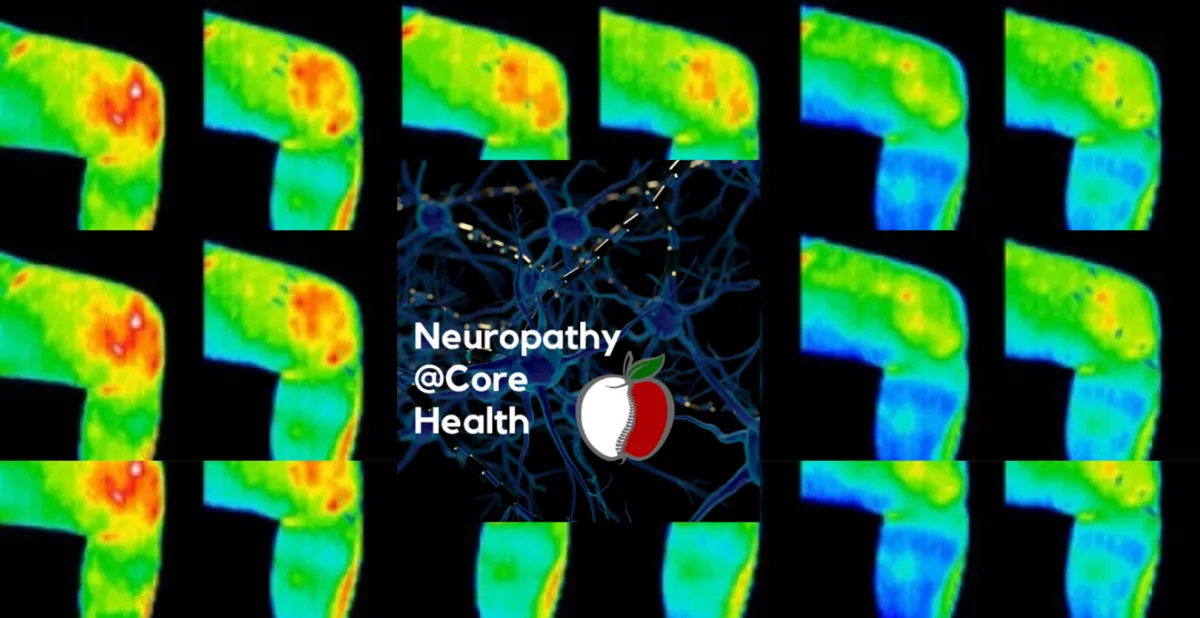Diabetic Neuropathy

As you manage your diabetes, it's crucial to be aware
of diabetic neuropathy, a condition where high blood sugar levels damage your
nerve fibers, particularly in your legs and feet. This damage leads to
sensations of numbness, pain, and tingling, which, if ignored, can have severe
implications. You might wonder how these symptoms can be mitigated or if reversal
is possible. Understanding the mechanisms behind blood glucose's impact on
nerve health is the first step. The next stages involve stabilizing your blood
sugar and exploring treatments that could potentially enhance nerve function
and alleviate symptoms. What strategies might be most effective, and how can
recent advancements in treatment help you manage or even improve your
condition?
Diabetic neuropathy manifests with symptoms such as
numbness, tingling, and pain, predominantly in your feet and hands. As you
navigate the challenges of diabetes, understanding the nuances of diabetic
neuropathy is crucial. This type of nerve damage, often referred to as
peripheral neuropathy, arises when high glucose levels in the blood damage
nerve fibers, particularly in your extremities.
The nerve pain you feel can range from mild to
debilitating, affecting your daily activities and overall quality of life. The
discomfort isn't just limited to foot pain; it can also spread to other areas, leading
to further complications and distress.
The symptoms of diabetic neuropathy don't just signify
nerve damage; they're a call to action to seek effective management strategies.
Recognizing these symptoms early can help you and your healthcare team address
the underlying issues, potentially slowing the progression of neuropathy.
You're not alone in this—many others share your
experience, and finding a community that understands your struggle can provide
not only emotional support but also practical advice. Together, you can explore
treatment options that focus on alleviating neuropathic pain and improving your
daily functioning, ensuring you don't have to navigate this path by yourself.
Stabilizing Blood Glucose Levels
Managing your blood glucose levels effectively is
crucial for mitigating the progression of diabetic neuropathy. Consistently
elevated blood sugar can damage delicate nerve fibers, exacerbating symptoms of
peripheral neuropathy. By adhering to personalized nutritional guidance and
monitoring your blood glucose regularly, you're taking significant steps toward
preserving nerve function and reducing diabetic nerve pain.
In neuropathy treatment, stabilizing blood glucose levels
isn't just about avoiding sugar spikes; it involves a comprehensive approach
that includes balanced meal planning, appropriate physical activity, and
possibly medication adjustments. This strategy helps maintain optimal blood
flow to your nerves, which is essential for minimizing damage and facilitating
nerve stimulation and repair.
Boosting your oxygen capacity plays a pivotal role in
enhancing nerve health and mitigating symptoms of neuropathy. As you navigate
the challenges of diabetic neuropathy, understanding how increased oxygen
capacity can alleviate neuropathic pain is crucial.
Enhanced oxygen levels in your blood not only improve the
efficiency of nutrient and oxygen delivery to nerve cells but also aid in the
removal of metabolic wastes that can exacerbate pain and dysfunction.
By focusing on strategies that increase your body's oxygen
uptake, you're taking a proactive step towards managing your condition. This
includes engaging in activities that promote blood flow stimulation, which
inherently boosts oxygen supply. Coupled with consistent nutritional guidance
to stabilize glucose levels, these efforts can lead to significant improvements
in nerve function.
Moreover, adopting practices that avoid reliance on
off-label medications reduces potential side effects and focuses on holistic
recovery. You're not alone in this journey; embracing these scientifically
backed methods forms a community striving for better health outcomes.
Through dedicated application of these principles, you can
enhance your nervous system's resilience, decrease discomfort, and reclaim a
more active lifestyle, deeply rooted in a collective pursuit of wellness.
Proper nerve stimulation is essential for alleviating
the symptoms of diabetic neuropathy and enhancing nerve function. As you
navigate the challenges of peripheral neuropathy, it's crucial to focus on
treatments that bolster nerve health.
Nerve stimulation methods, such as electrical nerve
stimulation, have been shown to significantly reduce neuropathic pain,
especially in areas like the feet, which are often severely affected in
diabetic foot pain.
Understanding how nerve stimulation works gives you the
power to actively participate in your neuropathy treatment. This therapy works
by sending mild electrical pulses directly to the nerves, which can help
improve their function and reduce pain.
The process not only aids in decreasing discomfort but also contributes to better glucose stabilization. Managing your sugar levels is pivotal, as high glucose can exacerbate symptoms and lead to further nerve damage
Diabetic neuropathy will have a tremendous negative impact on the quality of your life. Common symptoms include balance problems that often lead to falls which lead to fractures. Some people who ignore their neuropathy will end up having to undergo amputation. Strict adherence to the prescribed care from Neuropathy@CoreHealth will allow you the bst chance to minimize the effects of peripheral neuropathy. Before we accept patients for care we do a thorough exam that includes a Thermal Imaging Scan to help determine if you are a candidate for care. Take the first step by having your Thermal Imaging Scan we offer this test for $47 where we usually charge $179. Click the link below to take advantage of this special offer. We can be reached at 203-875-0846.

